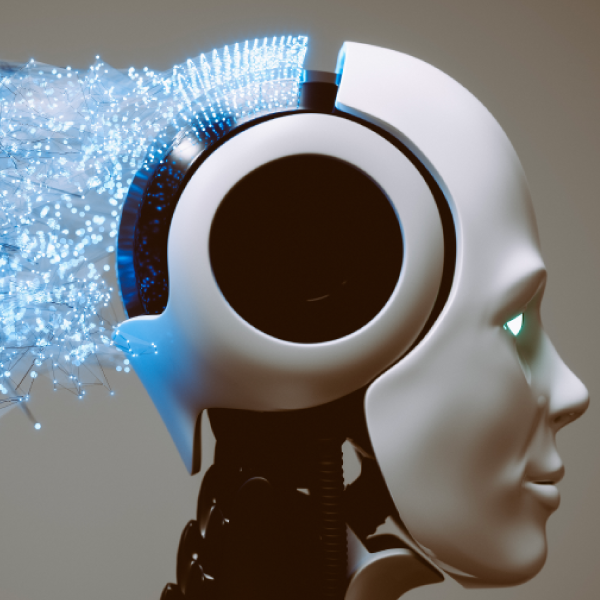The pandemic has accelerated the digital transformation of Higher Education Institutions, with possible implications on their effectiveness and efficiency. The next step is to look beyond the emergency and leverage on the recent experience.
Mara Soncin, Assistant Professor of Business Economics and Organization, School of Management Politecnico di Milano
Tommaso Agasisti, Full Professor of Data Analysis for Public Management, School of Management Politecnico di Milano
The digital transformation that Higher Education Institutions (HEIs) have been undertaking over the last years has been strongly accelerated by the Covid-19 emergency., The key breakthrough for the near future is to understand how to shape the future of education by exiting the emergency mindset and leveraging the aforesaid acceleration. The turmoil on the digital transformation of HEIs is twofold. One the one hand, the digital turn can support the effectiveness of the educational system and its ability to support student’s academic success. On the other hand, digital technologies affect the input-output structure, with a possible impact on the efficiency of HEIs.
Regarding effectiveness, students will highly benefit from digitally supported learning, which allows a higher personalisation of the learning process and a higher level of flexibility in learning activities, whereas the amount of data coming from digital sources enables a profound investigation on how learning happens. The dimension of performance on which the greatest amount of evidence is available is that of student achievement, which can be evaluated as the grade obtained by a student in an exam in a certain discipline or in a test specifically designed to assess the competences gained through the online tool (i.e., experimental design). Evidence on this is mixed; however, it generally shows the higher effectiveness of a blended model comprising both in-presence and distance learning experiences compared to both the remote only and face-to-face only education delivery modes. Traditional and digital models can therefore be combined to foster the effectiveness of learning.
Furthermore, the digital transformation of higher education is expected to grow even faster in the next future as it allows broader accessibility and hence allows to meet a growing demand for tertiary education, as well as to improve efficiency and sustainability by generating new financial resources. HEIs are increasingly investing in digital tools that substitute or complement traditional education, pursuing objectives that range from driving student recruitment to innovating pedagogy and supplementing on-campus traditional education. Indeed, the digital transformation provides HEIs brand new teaching possibilities and a higher scalability (i.e., a potentially very high number of students can enrol in the same virtual environment), partially bending the economics of education and the cost structure of institutions.
The compound effect on HEIs is potentially disruptive and is affecting both the structure of the inbound inputs and outputs generated by institutions. Still, the introduction of digital tools requires high initial economic investments (especially in technological equipment) and entails additional costs for teaching assistants and extra support to students and faculty in order to ensure the quality of the learning experience in a digital context. In turn, this increases education delivery costs, and therefore, the cost-effectiveness ratio may not necessarily be in favour of the digital mode.
Based on all these considerations, HEIs should progress strategically towards the digital transformation of learning, which is first of all an organisational transformation of the faculty, and only secondly is a technological matter. In turn, the way in which the strategy is implemented will affect the resulting gain in terms of effectiveness and efficiency.
The pandemic has accelerated the digital transformation, and now it is up to HEIs to boost the consequent effectiveness and efficiency gains.























